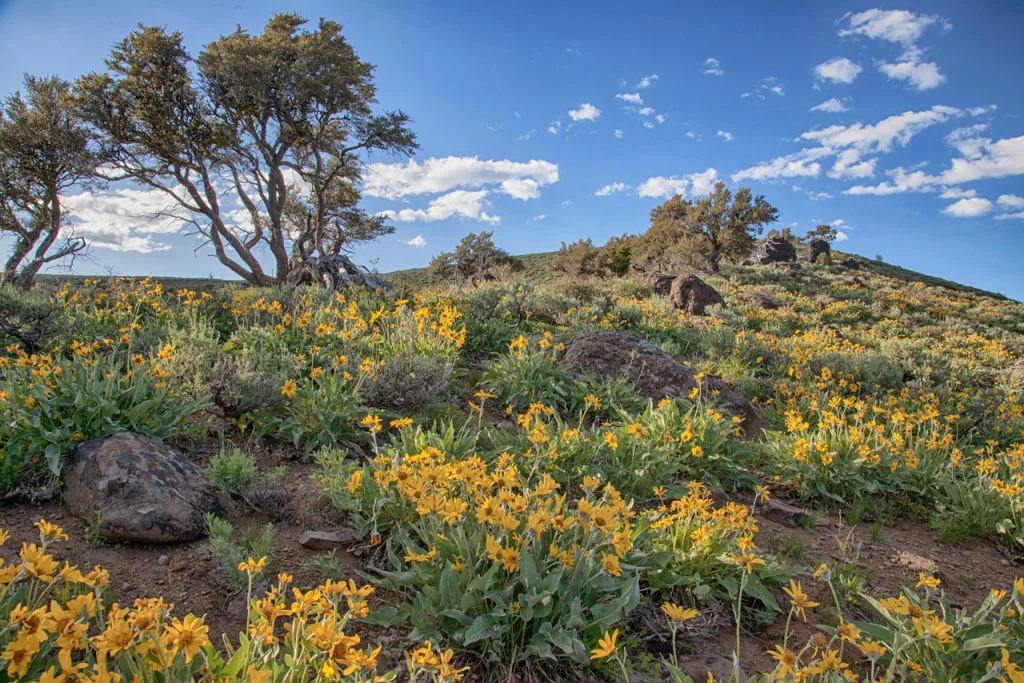
Trump Administration Moves to Roll Back Conservation Protections for Public Lands
The recent announcement by the Trump administration to rescind the Public Lands Rule marks a significant turning point in the management of America’s natural resources. This decision, which many are calling a compromise of ecological integrity, emphasizes a troubling trend toward prioritizing extraction industries over conservation efforts, raising concerns for future wildlife habitats and landscapes.
Initially implemented by the Bureau of Land Management (BLM) in 2024, the Public Lands Rule was designed to ensure that conservation efforts were treated as a legitimate use of public lands, alongside grazing, mining, and logging. The rule's intention was to create restoration leases to rehabilitate degraded lands through collaborations with non-profit organizations and private entities, thereby promoting ecological sustainability. Chris Krupp from WildEarth Guardians articulated the essence of this rule, stating, “Conservation is a use on par with other authorized uses of federal public lands.”

In stark contrast, the proposed rescindment opens the floor for increased drilling and mining activities, as evidenced by the statements from Utah leaders who supported the legal challenge against the Biden-era rule. As Attorney General Derek Brown commented, "This rule could keep Utahns off public lands... we look forward to working with them to increase access to Utah's public lands.” Such sentiments illustrate the ongoing tension between local economic interests and broader ecological considerations.
Moreover, environmental advocates have voiced substantial concerns about the implications of this action. Alison Flint, senior legal director at The Wilderness Society, remarked that reversing these protections could shift public lands into “playgrounds for drilling and development interests” while ignoring community and environmental health. The popular sentiment appears to resonate with her comments; a recent survey indicated that a significant majority of voters now favor prioritizing conservation over expanded energy development on these lands.

This conflict sheds light on a crucial question: Whose interests are truly served in managing public lands? As policies pivot back and forth, it’s evident a delicate balance must be struck between conservation efforts and resource extraction if we aim to protect our planet's invaluable ecosystems.
The ongoing dialogue regarding the management of public lands is far from over, and it prompts an urgent call to action within communities for discussions on the importance of maintaining ecological integrity. What are your thoughts on the rollback of conservation measures? Join the conversation and leave your comments below.